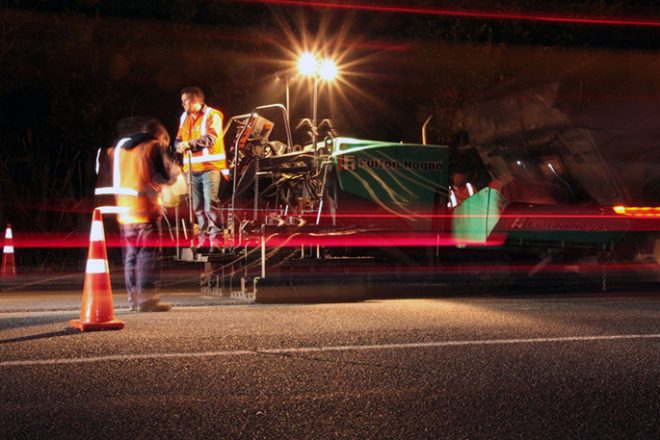Road repairs are set to begin near Whakamārama in the Western Bay of Plenty on State Highway 2, starting at Te Karaka Stream bridge in early March. These repairs are expected to cause significant delays.
The NZ Transport Agency Waka Kotahi announced that the work will start on Sunday, March 3 and continue until Sunday, March 10, depending on the weather. The work will be done at night, from 8pm to 5am, to lessen the disruption for drivers, but delays are still expected.
The repair work will include resurfacing the road and adding new road markings. For the first three nights, from March 3-5, traffic control will be in place between Barrett Road and Te Karaka Drive. During this period, there will be a one-hour traffic hold every hour, with a 10-minute release to allow for 60m sections of the road to be worked on.
On March 6, 7, and 10, traffic control will switch to a stop/go system. There will be no work on Friday and Saturday, March 8-9.
Drivers should expect significant delays during these night works. Temporary speed limits will be enforced during the day due to the different levels between the worksite and the normal road. Ramps will be used to help traffic transition between the sites when needed.
Road works have been a common sight across the Bay of Plenty this summer. While this may be frustrating for some drivers, the warm and dry weather allows for stronger and longer-lasting road repairs.
Please note that on March 3, there will also be maintenance work on two separate sites between Pahoia and the Ōmokoroa intersection. This will also affect travel times. Given the high volume of work on March 3, consider delaying your travel or allowing extra time to reach your destination.
Check the Journey Planner before you travel: https://journeys.nzta.govt.nz/





























































